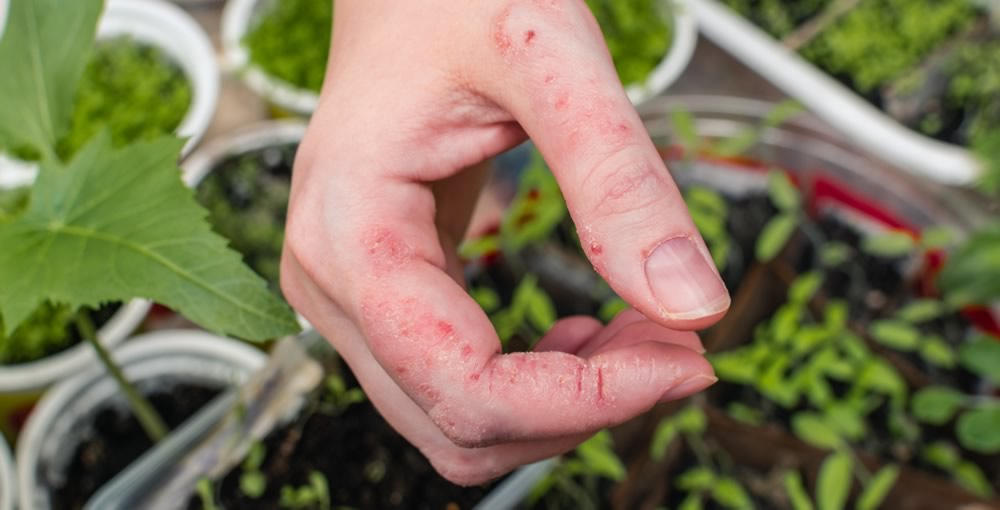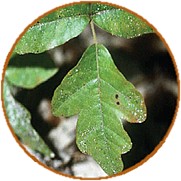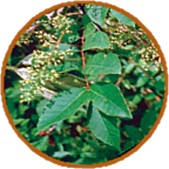Really itchy rashes: Is It Poison Ivy & How to Feel Better
August 12, 2021

Summer adventures in Texas’ great outdoors means potential exposure to poisonous plants. Keep yourself and those you love safe—learn how to identify the most common poisonous plants and what to do if you or a family member are exposed.
Common Poisonous Plants in Texas
Any time spent outdoors increases the likelihood you’ll run into one of the three most common poisonous plants in Texas, also known as “the toxic trio”—poison ivy, poison oak, and poison sumac.
When you encounter an unfamiliar plant in the wild, a good rule of thumb is “leaves of three, let them be” (though not all plants in the toxic trio follow this rule).

Poison ivy has three leaflets budding from a single stem. The leaflets may have a smooth, wavy, or serrated edge. Leaves are bright green in the summer months, but transition to vibrant gold or red in the fall.
Poison ivy can grow like a vine, groundcover, or shrub.
Poison oak also has three leaflets, but leaves are usually lobed and resemble those found on oak trees.

Poison sumac does not follow the “leaves of three” rule. Instead, this plant has 7 – 13 leaves arranged in pairs down the stem with a single leaf at the tip. Unlike beneficial sumacs, which have red berries, poison sumac may be identified by the white berries it produces.

Poison sumac tends to thrive in wet, swampy areas and can grow up to 25 feet in height.
“Poison ivy, oak, and sumac release an oil called urushiol when the leaves are bruised or damaged,” says Texas MedClinic Chief Operating Officer and practicing physician Dr. David Gude. “When that oil comes in contact with skin, a contact dermatitis, or allergic reaction, occurs in about 75-80 percent of the population. Some people do not have sensitivity to poison ivy, and thus will not develop a rash despite an exposure.”
People can be exposed to urushiol through direct contact with the plants themselves, or by touching something that came in contact with the oil, like outdoor balls, toys, or gardening tools.
Symptoms associated with a contact dermatitis from poisonous plants include:
- A red rash within a few days of exposure
- Bumps, patches, streaking or weeping blisters on skin
(Blister fluid is not contagious; you cannot spread poison ivy, oak or sumac.) - General swelling and itching
If you suspect poison ivy, oak or sumac, take immediate action:
- Rinse the exposed area with rubbing alcohol or a degreasing dishwashing detergent like Dawn. Use plenty of water.
- Scrub under fingernails with a brush to remove any oils.
- Apply a wet compress, calamine lotion, or hydrocortisone cream to reduce itching and blistering. Be sure to follow product directions and avoid placing creams on open blisters.
- Oatmeal baths in cool water may provide some relief from inflammation and itching.
- Consider taking an antihistamine like Benadryl to alleviate itching. Follow package directions for dosing.
When to Seek Professional Medical Help
Seek medical attention if you are suffering from a severe exposure or if the rash presents on the face or genital area.
If you experience a severe allergic reaction that includes significant swelling or difficulty breathing or have had a severe allergic reaction in the past, go to a hospital emergency room.




